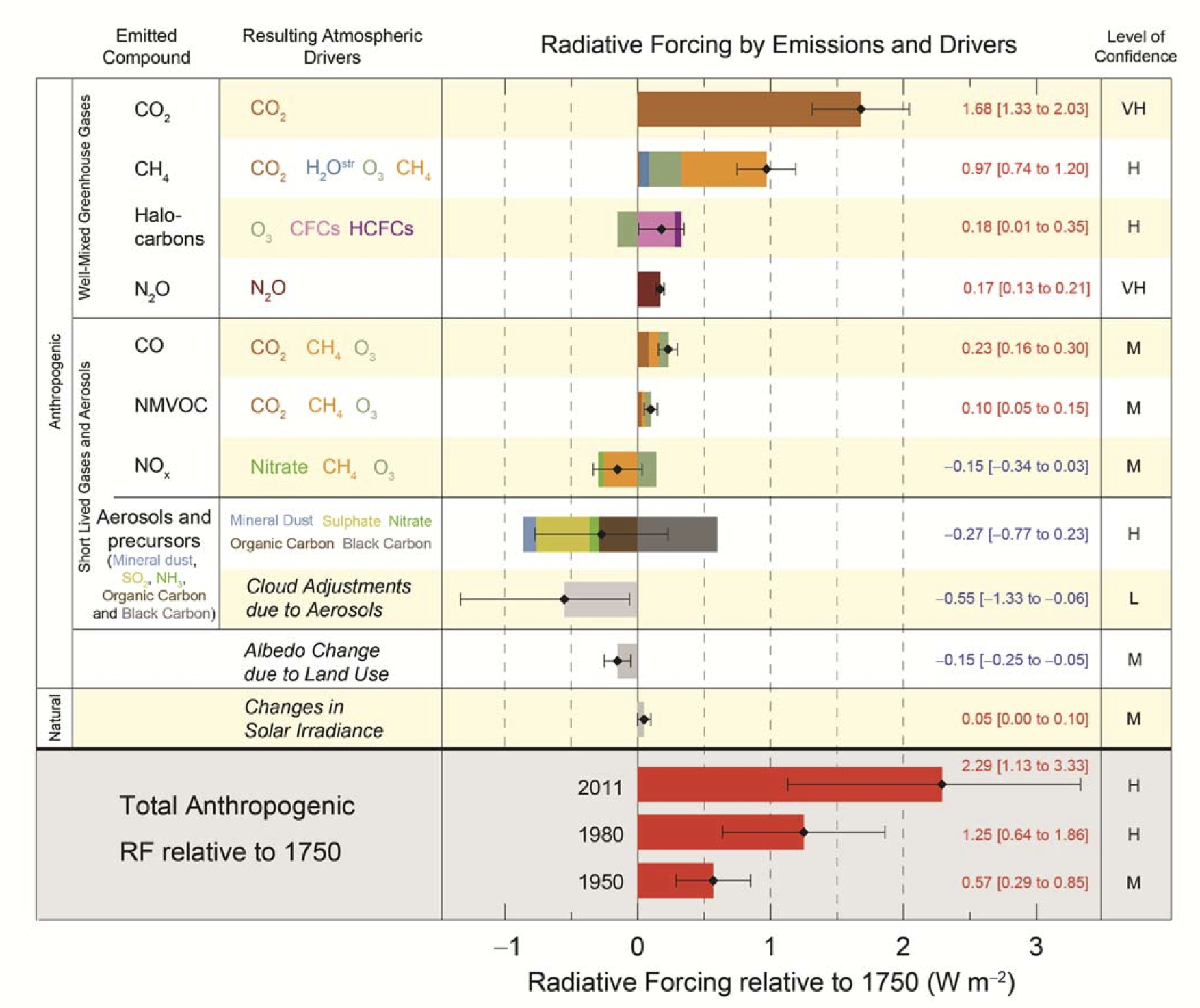In 1985, scientists from the British Antarctic Survey found a giant hole in the ozone layer of Earth's atmosphere over the South Pole. This discovery prompted a largely successful international effort to ban CFCs, the chemicals largely responsible for man-made thinning of the ozone layer.
Unfortunately, a new analysis from Scientific Committee on Antarctic Research (SCAR) suggests that stopping ozone depletion may actually increase global warming and speed up sea level rise. This discovery pits two important environmental missions against each other, while highlighting the complexity of our effect on the planet.
SCAR's findings indicate that the extra radiation allowed through the atmosphere by the depleted ozone above Antarctica created wind patterns that cooled the eastern, more densely ice-covered, section of the continent. Those weather patterns partly protected Antarctic ice from the ravages of global warming.
Now, as the hole in the atmosphere heals, those wind patterns will shift, fully subjecting the Antarctic ice to the effects climate change. According to SCAR, that means a rise in sea levels up to 4.6 feet greater than earlier predictions.
Study Finds Ozone Hole Repair Contributes To Global Warming, Sea Ice Melt | Popular Science
Unfortunately, a new analysis from Scientific Committee on Antarctic Research (SCAR) suggests that stopping ozone depletion may actually increase global warming and speed up sea level rise. This discovery pits two important environmental missions against each other, while highlighting the complexity of our effect on the planet.
SCAR's findings indicate that the extra radiation allowed through the atmosphere by the depleted ozone above Antarctica created wind patterns that cooled the eastern, more densely ice-covered, section of the continent. Those weather patterns partly protected Antarctic ice from the ravages of global warming.
Now, as the hole in the atmosphere heals, those wind patterns will shift, fully subjecting the Antarctic ice to the effects climate change. According to SCAR, that means a rise in sea levels up to 4.6 feet greater than earlier predictions.
Study Finds Ozone Hole Repair Contributes To Global Warming, Sea Ice Melt | Popular Science






